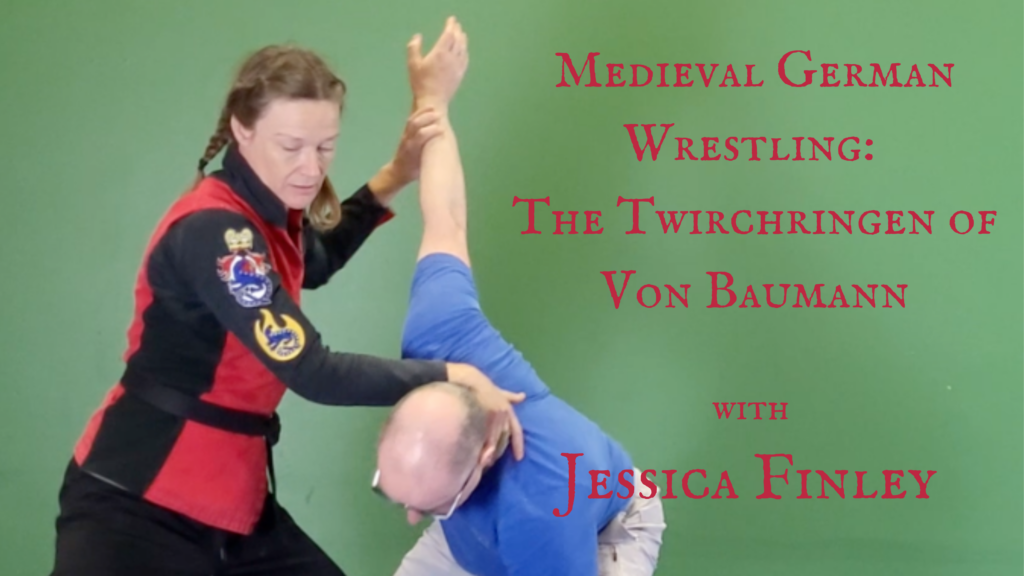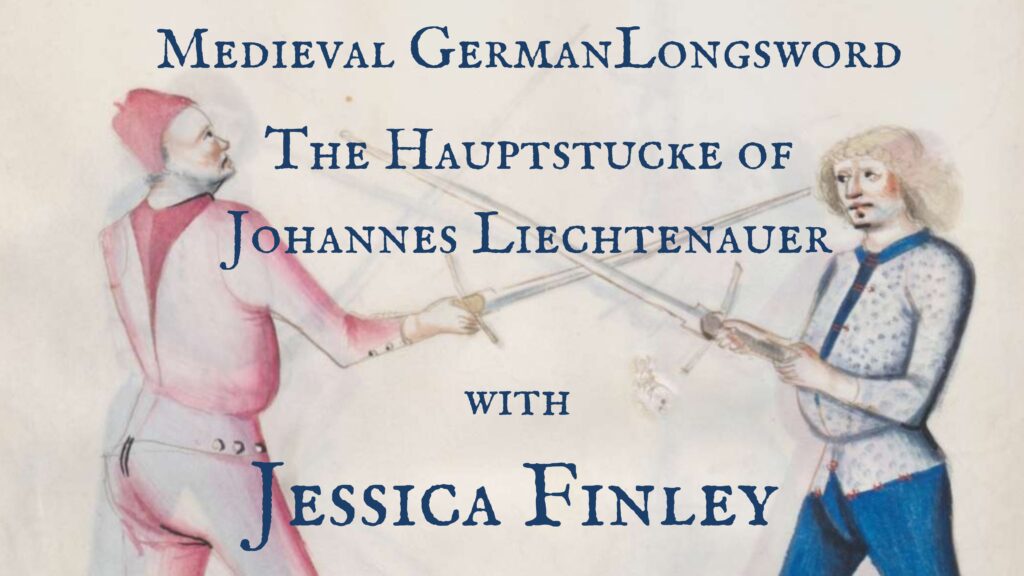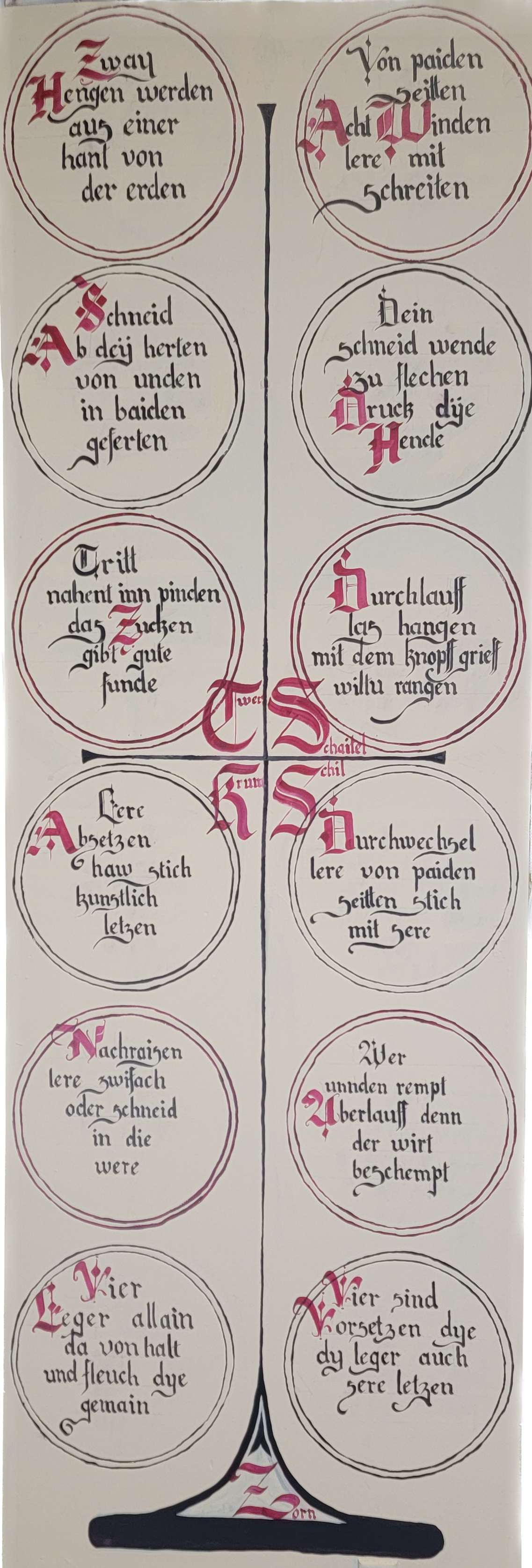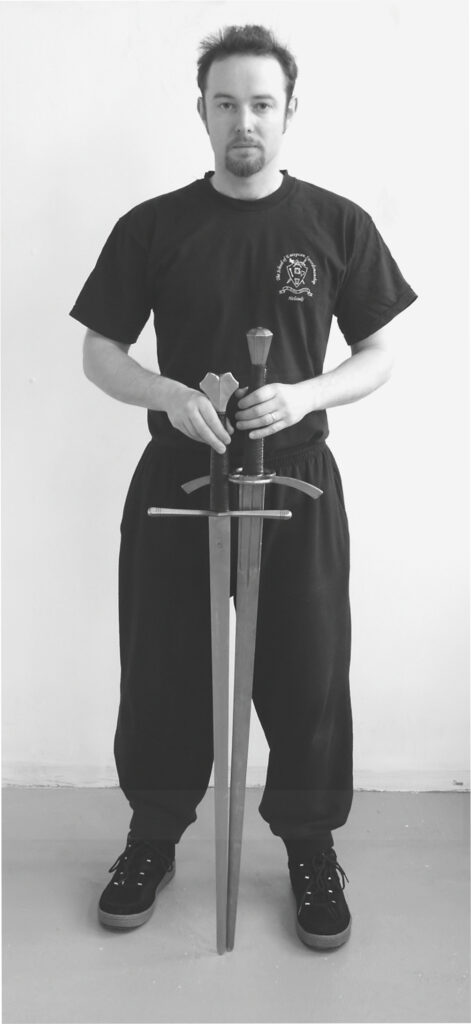Last week I ran a survey to find out what I should be working on next. This generated a very clear ‘get on with the “systems from sources” online course' response. I am following orders, and hope to have the first couple of modules up for beta-testers next week. I will set it up so that a small number of people can sign up at a big discount, on the understanding that they will let me know what needs to be improved before I roll it out to the public. I'll send an email to my mailing list when it's ready for preview.
The survey also generated some interesting questions and comments, which I have answered below.
1. Your Syballus for level 4 is a bit confusing when you name the drills but give no clue on how they are done.
My response: Yes. The level 4 drills are all on video, which shows you what they are, but they are not instructional videos. This is deliberate: my syllabus wiki is free, and intended as a reference resource for everyone who is following my syllabus. It is not designed as an online course.
2. I live in a small province on the east coast of Canada and have just started taking longsword instruction at the new and only school in the province. The instructors are basing their instruction on Liechtenauer's work. I know you have an add-on for Audatia based on Liechtenauer, but does any of your work focus on comparing his approaches to the ones you use?
My response: Not really. I actually think that the Liechtenauer material is not a complete system; it is part of a system (as Fiore's Longsword material is too). It seems to me that it assumes a lot of basic training on the part of the user; basics that we find in all other sword styles are simply missing from Liechtenauer. I think that the basic material is shown with the messer, with Liechtenauer's merkeverse being, if you like, the advanced course. I don't find it terribly useful to compare and contrast except with students that have an in-depth knowledge of both.
3. I think a book about building participation on a local level including marketing, weapon and and armour procurement and financing, finding a location and course structure and design would be just jolly. Most new students have a difficult time building momentum, and finding practices. This book should be a ground up treatise on how it was done historically, and how to do it today. Just saying…. I have been at it a few years now and have faced several challenges including being ‘Dear John” ed and the ebb and flow of new faces. Might even want to throw in some info about building a facebook group and how social websites can help(I assume that a social website historically was a pub) TY
The online training course sounds intriguing also…
My response: A book on how to start and run a study group or school… hmm, interesting. I might, but there are already some good books on the subject out there, such as Starting and Running your own Martial Arts School by Karen Levitz Vactor and Susan Lynn Peterson. I don't know anything about how schools were started and run in the past (I have an idea, and there are stories and legends, but hard data not so much). Leaving history aside for a moment, a booklet on how to start and run your own HEMA group might make a good instalment of The Swordsman's Quick Guide. Let me know if you agree!
Too many damn choices: 1. Breathing is my top pick because no one has really spoken on it. 2. The community needs a review of how to create training systems when pulling from historical treasties. 3. Really, your next book should be something fun, why I chose other: contact Mark Ferrari who did the art for Monkey Island, add in what you know of historical come backs, and then make a book! Just a thought…
My response: I think I'd better get the course up and running and Breathing published, and Sent, before I think about a comedy project… but I'll take that under advisement!
Hi! I love you books and videos! Great work! I am an AEMMA (Canada) club member (Fiore Scholar) working towards my Free Scholar challenge in a few years, so gathering my armour and learning to move, train and fight in armour. Any future material (books, blog entries, videos, seminars) on all things Fiore would be very helpful for me and our club's students – but especially any insights to help with armoured plays/ drilling and sparring would be excellent. Thank you very much, Aaron Beatty (Scholler, instructor AEMMA Guelph, Ontario, Canada).
My response: Thank you Aaron, glad you like my work. Armoured plays and such are a tricky problem for me, now that I'm in Ipswich and not surrounded by armour-wearing thugs. I think this is one area where the guys who run the IAS might be able to help: Sean Hayes, Greg Mele, Jason Smith, Christian Cameron etc all have a lot more time in harness than I do.
I really need the training systems one as it is basically the only thing preventing me from teaching a class.
My response: OK, so the course would be useful for you; but in the meantime have you read this?
Hello, My name is Wiktor Grzelecki, and I'm a long-time reader of your blog. I also bought some of your books and Audatia game. While I disagree with some of your opinions, I greatly value your materials and input. I like the project about online course, but I would also like to ask you about something different. You are a father, I will be a father in a couple of months. I would like to ask you, how do you keep children safe, how do you keep sharp weapons knowing that your children are near them? Would it be enough to just keep them high enough, that they can't reach them? Or would it be better to have a key-closed chest or closet? Similar to those required for firearms? Or simply to show them wooden weapons, and metal ones with you so they lose the “forbidden fruit” taste for children (What I mean is, could kids be less interested in touching weapons if they got used to them? Something like teaching kids to use bb gun so they don't see actual firearm as appealing.). I understand that this is a complex matter, that would also require lots of time to spend with a child to explain what weapons are and how to use them, but I would like to know what do you think?
My response: Congratulations on your impending fatherhood! Kids and weapons.. This is a tricky matter, as it makes people very nervous. I'll explain how I've dealt with it with my kids in my home, but this is “reportage” not “advice”.
Guns: My guns (two revolvers and a semi-automatic) were always in the safe. The kids could ask to see them any time, though they very rarely did, and I would get them out (hiding the 10 digit combination from them), check they were safe, treat them as if they were loaded, and closely supervise how they were handled. They could play all they liked with rubber band guns and cap guns, but the real thing was (obviously) very strictly controlled. Now we live in the UK my guns are at a gunsmith's in Finland, so the issue is moot. If they had wanted to, I would have allowed them to shoot at the range, under very close supervision, starting with a .22 or something similar, when they were strong enough to handle the weapon.
Blades: Blades are easier, as they are less dangerous (it's harder to kill someone by accident with a knife than a gun), and they are everywhere; scissors, penknives, kitchen knives, eating knives… The kids have been helping to cook since they were so little that that meant sitting on the floor and banging on a saucepan with a wooden spoon. They have been cutting and peeling vegetables since before they can remember. Cutting began with them standing with their left hand round my waist and their right hand holding the knife, with my hand on top. I'd hold the vegetable and do all the actual work. That progressed to their hand under mine on the vegetable, and so on. The only person who could get cut was me (though I never was). Now they can chop stuff without supervision, using my proper kitchen knives (they are 7 and 9).
Until a couple of weeks ago, all my swords were at the salle (I didn't keep any in the house, except for a sabre for champagne). I'd take the kids to the salle quite often, and we would fight with wooden swords, lightsabres, or any other weapon. They could ask to see anything they wanted, even sharp swords, and I would get them off the rack and they could touch them, heft them, that sort of thing, but under careful supervision.
In summary then, nothing is forbidden, but some tools/weapons/things can only be handled under supervision. When my kids were very little, I kept everything dangerous out of reach. Since they have been old enough to understand that some things are dangerous, and also old enough to get a chair to stand on when they want to reach something that is ‘out of reach', we have taught them what needs supervision and what doesn't. Kids are curious, so I've always let mine have a go at anything they want to, while I control the situation to maintain the necessary safety. The idea is to teach them to use things properly, so their skill keeps them safe, not their ignorance. I even let them drive my car. They have never been injured or injured anyone else with any weapon or tool. They will eventually cut themselves with a kitchen knife or chisel, but that's ok; it's part of life.
Now, I'd better get on with that course material!




